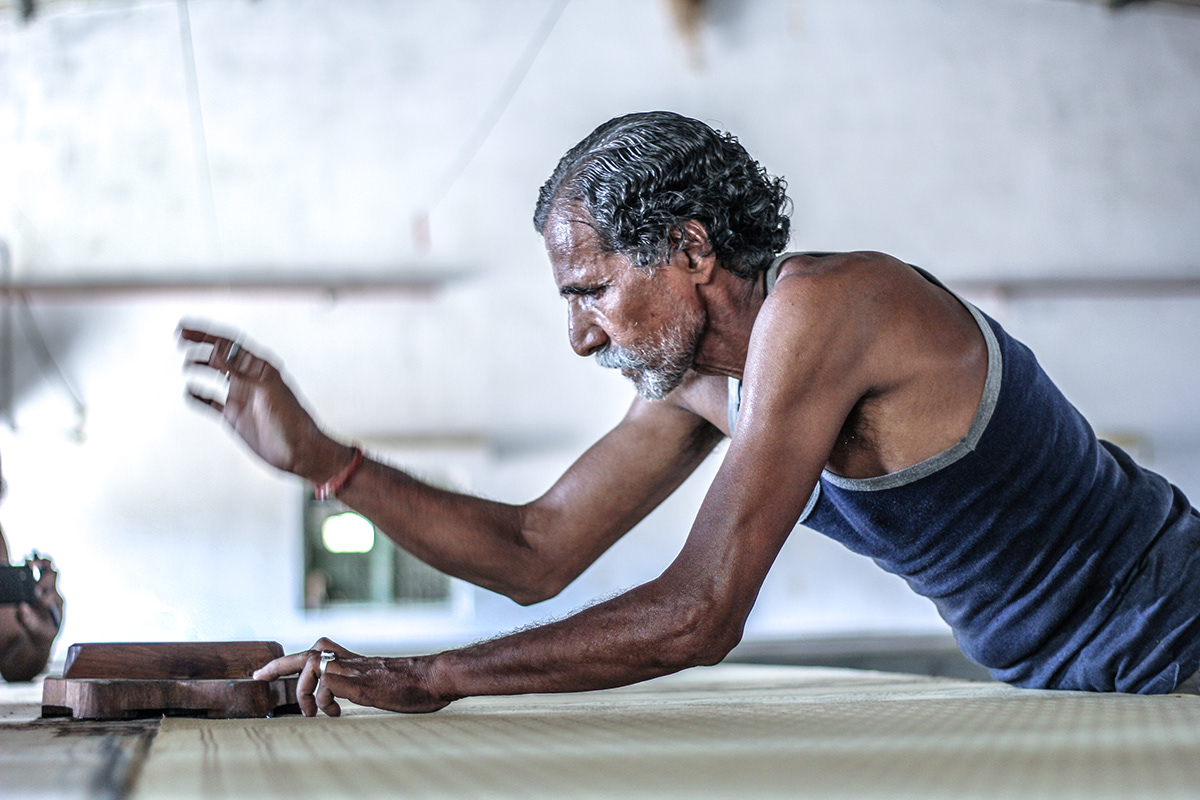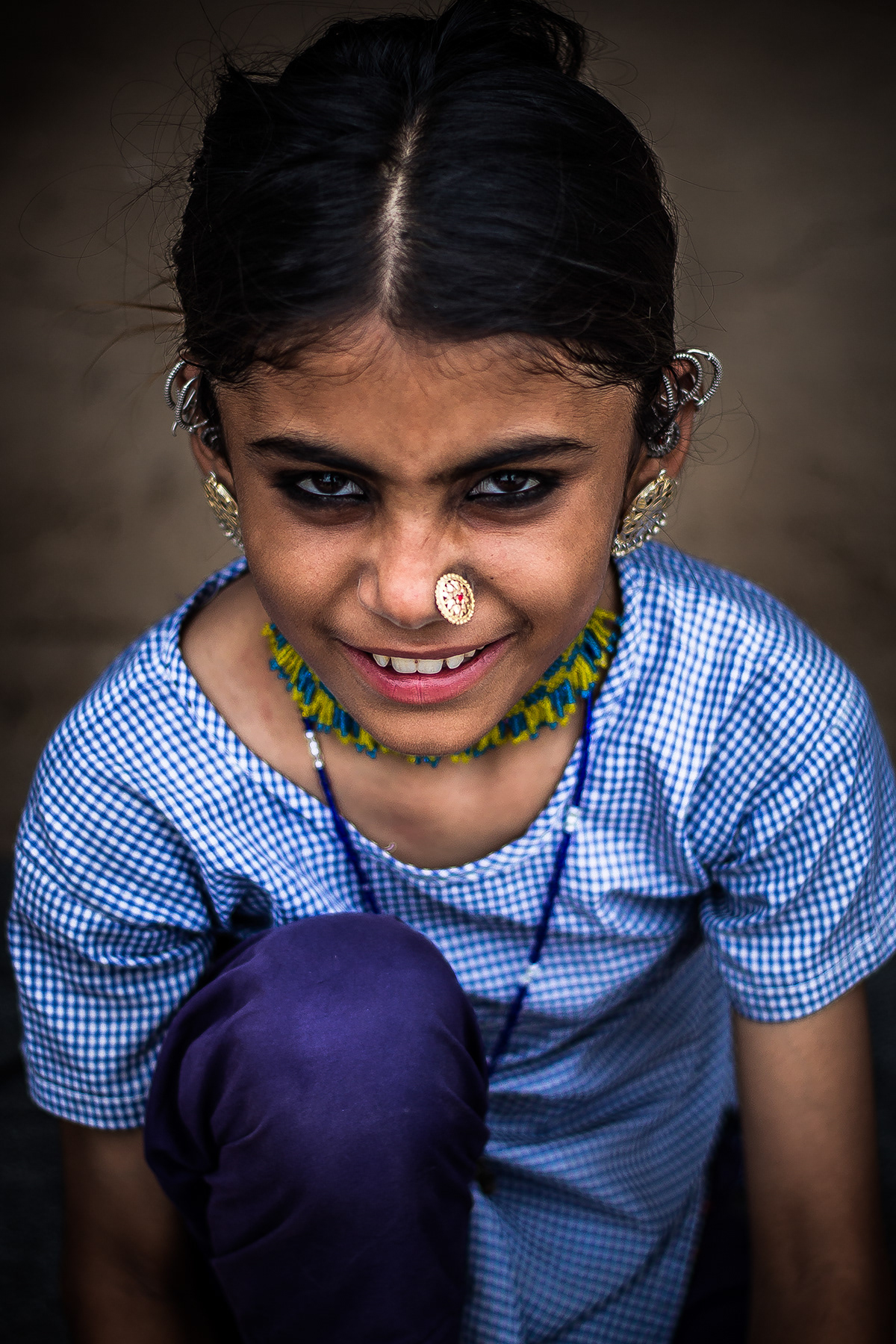CRAFT AND CULTURAL DOC.
KUTCH, GUJRAT, INDIA
-
Kutch is inhabited by a wide range of communities and cultures, many of whom settled here centuries ago following migrations out of Rajasthan, Sindh, Afghanistan and present day Iran.
-




Locally designed toy.


As the metal used in these bells is mostly waste tin and iron, this creative industry is a good example of recycling with aesthetics and utility. A local economy for the bells still exists unlike in the other crafts as these bells are used for identifying cattle by the cattle rearing communities of the region.

" It’s very satisfying to work for yourself, instead of working as an employee somewhere, even if it means earning
less money. "
- Hussein Siddiq Luhar

The craft of copper coated bells evolved from the need of the time and region. In earlier times, before the division of India and Pakistan, there used to be constant movement of people between these regions. Live-stock was a major occupation in Kutch. The Lohar community from Sindh, (now in Pakistan) saw the potential for their craft and brought the craft to the land of Kutch.
Source : Khamir

Factories that have come up in the last few years have badly affected the ecology of Kutch. Another major challenge we face is the screen printers copying our designs "
Source : Khamir


Ajrakh cloth carries many meanings. The popular story amongst local printers is that Ajrakh means “keep it today.” It is also linked to azrakh, the Arabic word for indigo, a blue plant which thrived in the arid ecology of Kutch until the 1956 earthquake.

Ajrakh patterns use complex geometry to create starry constellations in indigo, madder, black, and white across lengths of cloth. The shapes and motifs of Ajrakh echo the architectural forms of Islamic architecture’s intricate jali windows and trefoil arches.
















